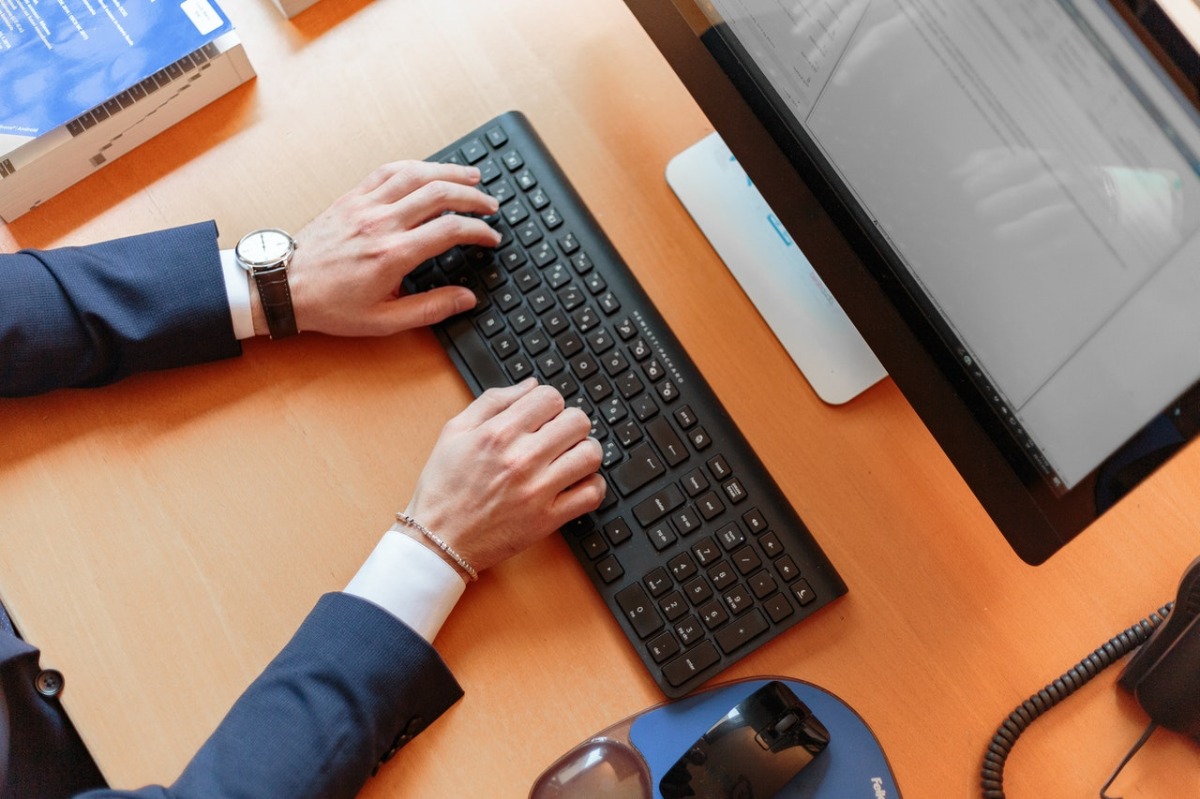As the United States begins to implement mass vaccinations across the country, the post-pandemic era may arrive faster than expected. With this in mind, a growing number of businesses are beginning to have their employees return to the workplace. However, the effects of the COVID-19 pandemic have changed our lifestyles and upended the way we see enclosed spaces. With many companies, including Amazon, expecting their employees to return to the office, how can these companies reassure that their employees will be working in a safe and secure environment?
This challenge affects not only a business and its employees but also developers, building managers, and even architects and construction companies. From bringing nature inside to maintaining proper ventilation in offices, here are a few trends we’re likely to see in the post-pandemic future.
Physically Distanced Office Layouts
One of the challenges that offices will face once employees begin to go back to the office is following social distancing rules. Before the pandemic, businesses used open layouts and large tables that sat multiple office workers along each side. This allowed employees to collaborate more efficiently and reduce the need for private meeting rooms and the like. Should local governments decide to keep the six-foot rule in place, offices will need to find innovative ways to keep those boundaries.
Whether a cubicle layout or a layout plan with properly spaced tables will be implemented, it will ultimately be up to the businesses to decide.
Open-Plan Layouts Are Here to Stay
The open-plan layout has long been a subject of debate, with some saying that it diminishes focus and is a surefire way to spread a virus around. Meanwhile, others argue that it’s a more efficient, collaborative, and cheaper option to have in offices. While many think open offices are on their way out, the truth is that it depends on the business. The contact, software development, and creative industries would benefit the most from open-office layouts, as they boost creativity, encourage collaboration, and give way for more employees to join the team without sacrificing space.
Ventilation and Indoor Air Quality Are As Important As Ever
Poor ventilation is detrimental for businesses, especially at a time like this. Whether or not everyone in the office is vaccinated, businesses will still make it a point to provide proper ventilation in workspaces. This could mean meeting rooms running at half capacity, employees coming in to work in staggered schedules or shifts, and upgrading air and filtration systems.
Ventilation can also affect one’s general well-being. Not only does it affect a person’s decisions making abilities and induce stress, but it can also cause the spread of COVID-19 and other viruses in the workplace. Proper ventilation is one of the key ways that businesses can protect their employees.
Working from Home Is Still an Option

For companies allowing their employees to come to the office in shifts or allowing fewer employees to work from the office, working from home will still be a part of the “new normal” to allow employees to work in the comfort of their own homes when they’re not needed at the office. This has prompted many homeowners to enlist the help of contractors and architects to design and remodel their homes to accommodate work, school, and even exercise setups. Some homeowners have even gone so far as to improve ventilation, soundproofing, and internet speeds.
We’re likely to continue seeing remote work as an alternative solution to office-based work or shifts between working from home and working at the office while businesses try to find more efficient solutions.
Bringing the Benefits of the Outdoors Indoors
Nature has a significant impact on our general well-being and helps reduce negative emotions, such as stress, fear, and anxiety. Because of this connection, companies have begun to apply biophilic designs, bringing the health benefits of nature into our indoor spaces. Natural elements, including plants, wood, water, and circadian lights, are often incorporated into the design of a space and help make a building more energy efficient while providing cleaner air and other health benefits to the people inside that space.
Adding Outdoor Spaces
With the emphasis on better air circulation and ventilation, designers are continuously looking for innovative ways to improve relations between people in the workplace without sacrificing their health. Through the use of exterior shading, daylighting, and natural ventilation, employees are given a seamless connection between the indoors and outdoors while providing a space for people to interact and work safely.
The pandemic has become a tipping point for many to realize the correlation between our workspace and our health. Businesses are constantly looking for new ways to use technology to ensure a healthier work environment for their employees. As more businesses begin to go back to the office, we’re likely to see more of these design trends in the post-pandemic future.
